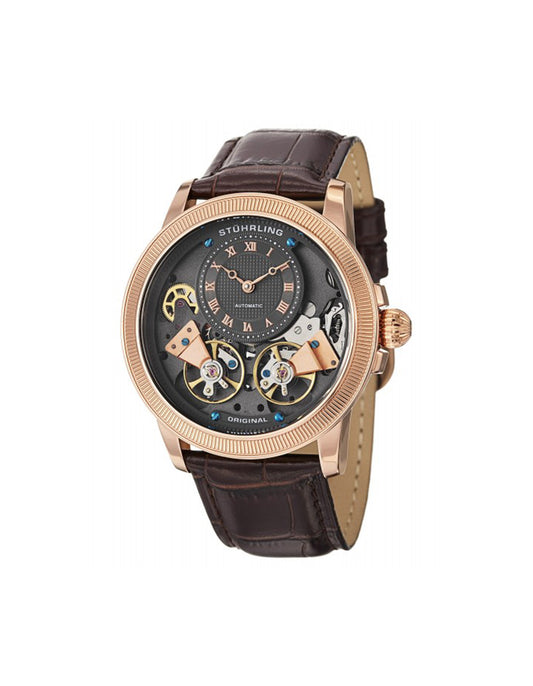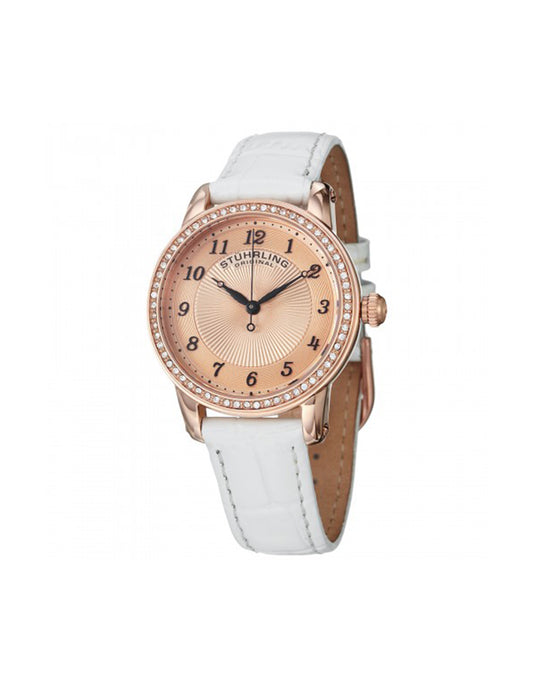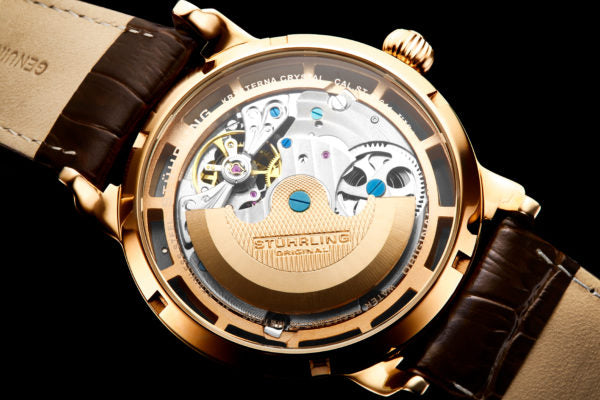If you pay attention to the craftsmanship and inner workings of your watch, it pays to buy a watch with an exhibition caseback.
What do “All Access” concert passes, chef’s table dining experiences, and the exhibition casebacks found on high quality manual wind and automatic timepieces have in common? They’re all coveted because they raise your enjoyment and appreciation by taking you behind the scenes for a fuller experience. As this is a watch blog—and not a concert or dining blog—we'll be focusing on exhibition casebacks. Besides, my experiences with exhibition casebacks have been consistently enjoyable, unlike my uneven interactions with the other two categories.
GOING BACK TO THE BEGINNING... OF THE BACK
Like most everything else wristwatch-related, the exhibition caseback has its great-great grandfather the classic pocket watch to thank for its existence. As the first wristwatch didn’t show up until 1868, when an up-and-coming brand called Patek Philippe created one for Countess Koscowicz of Hungary, timekeeping was accomplished by carrying your trusty pocket watch with you everywhere. Since “everywhere” back in the day could mean anything from an office to a slaughterhouse or tannery, these original pocket watches were subjected to the kind of “rough and tumble” handling that necessitated repairs and adjustments on a far too regular basis. As most repairs were movement-related, manufacturers streamlined accessing the movement by replacing threaded and screw-mounted casebacks with a spring mounted, metal caseback designed to pop open at the push of a button (and yes, it was a locked button). These watchmakers soon realized that pocket watch owners were popping these backs just to admire their movements in action. Surprised? Don’t be—this was the 1800s, and in an era before radio, TV, and even Netflix, creating and finding your own entertainment was just a part of life.
caseback makes it easy to admire the Luciano 371A Once these manufacturers realized why their customers were opening the backs of their watches, they decided to really give them a show. Watchmakers began decorating the various components in their movements with techniques and patterns that have since become synonymous with artistry and additional value like Côtes de Genève, stippling, perlage, and snailing. On the shoulders of this design phenomenon, the exhibition caseback became known as “salesman's cases” because, in many ways, they were a watch’s best salesman. Whether it was for selling or showing off, houses like Patek, Vacheron, and others upped the ante by creating movements with special “back of watch” complications. These included everything from power reserve indicators to repeater gongs and even lesser needed perpetual calendar functions. In short, once brands realized that the caseback had “showcase potential” they wasted no time in putting it front and center.
FROM POCKET TO WRIST, IT WAS NEVER REALLY MISSED

Unlike most pocket watch features that were reimagined for wristwatches—and despite its proven value as both a “showcase” and “selling tool”—exhibition casebacks didn’t make it onto wristwatches until Bulova released a model including the new feature around 1930. What made this design unique (and ironic) was that it focused not on the movement but on the interior of the flip-up caseback, which was promoted as a type of “photo locket” you could wear on your wrist. The fact it also allowed you to admire the movement was hardly referenced. After that, until about the 90s or so, watches with exhibition casebacks were few and far between. As far as “features” went it never gained traction because “using” it meant first going through the trouble of taking off your watch as that was the only way to properly “show off” the amazing engineering and craftsmanship that got you to spend all that money. Problem with that was most people couldn’t properly show off all that engineering and craftsmanship without first going through the trouble of actually learning what all those interesting parts were called and understanding what they did.
SEE MORE EXHIBITION CASEBACKS IN OUR LEGACY COLLECTION.

in pocket watches like the Consul 979 So what changed in the 90s? Some experts attribute it to the rise of artisanal products and brands. Consumers were suddenly appreciating the value of craftsmanship over mass production, and even if they couldn't identify every (or any) of the components involved, they valued it enough to spend a premium on it to enter the exclusive club of watch lovers that just “know” better. While that theory makes sense as its based on human nature, it also flies in the face of the Swiss watch industry which knows watch lovers are rarely influenced by human nature. This is an industry aware that it can essentially dictate the wants and desires of watch lovers everywhere—which is exactly what they did with the resurrection of the exhibition caseback. First it’s important to understand the 3 words behind why exhibition casebacks made a comeback in the 90s: in-house calibre (a.k.a. “in-house movement”). Seems that movement-wise, the 90s were a major wake-up call to manufacturers. Up until that point, watch brands knew that there were only a handful of movement makers who specialized in mass producing the “raw” movements that a brand could then customize, embellish, and calibrate to suit their needs. In essence, it was building your own computer by buying a fully assembled motherboard and then popping it in a case and adding a monitor. The problems arose when these watch brands realized that more and more of their customers were going to the internet to learn about all sorts of things—including the fact that they were happily paying a premium for a top-tier watch brand that used the same movements as non-tier brands. Rather than lose customers (and the hefty margins they paid), a number of manufacturers moved their movement production in house. And what better way to showcase your original movements to both your customers and the world in general than by placing it under an exhibition back? Because the watch industry thrives on “following their leaders”, brands still buying movements in bulk realized that taking casebacks from steel to see-through was both an upscale selling point and a compelling value add. All they had to do to make their stock movements look like top-tier works of art was customize the rotor and perhaps a plate or two. As all this was taking place with non-quartz movements, the powers that be in the Swiss watch industry were reveling in the resurgence of mechanical and self-winding movements—a category they had built a whole industry and economy on.
TAKING THE BACK TO THE FUTURE
With the exception of Rolex (and until recently Omega Speedmaster), most every brand offers models with an exhibition back—while some more esoteric ones are adding front and center appeal to their backs via colors and features like anti-magnetic shutters. Here at Stührling, our exclusive Krysterna exhibition casebacks come standard with all the self-winding and manual wind timepieces in our Legacy, Tourbillon and Aquadiver collections—though don’t be surprised if they show up on some upcoming Quartz-a-Matic models as well. Seems that even with all the stuff to watch on TV, there’s still something unique and exciting about watching 300-or-so gears, springs and micro-components come together to keep track of the hours, minutes, and seconds of our lives—as long as you've got the right caseback.







